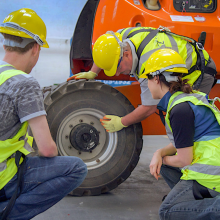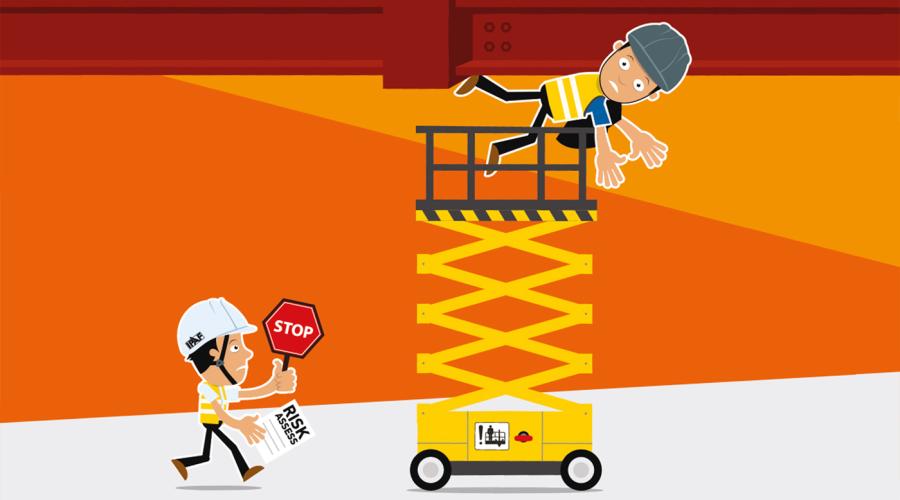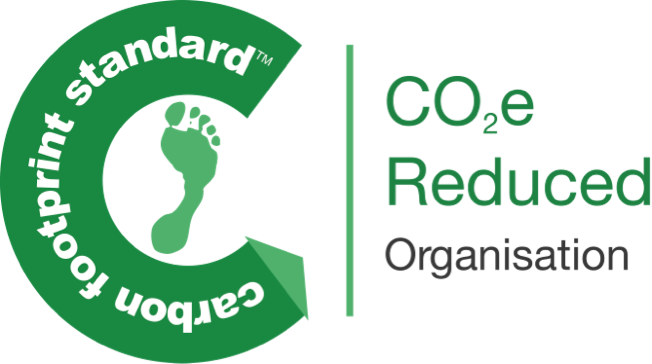
Normal and auxiliary control systems built into a mobile elevating work platform (MEWP) will allow the operator to bring the platform of the machine safely to ground level under controlled conditions. It is extremely unusual not to be able to lower the platform using these controls or for all of these systems to fail. The following is an example of a rescue plan for people who work at height using a MEWP.
Further guidance on mid-air rescue can be found in ISO 18893:2014 - 6.1.2.8.
Mobile elevating work platforms (MEWPs) are considered to be one of safest ways of performing temporary work at height. This technical guidance explores the importance for all MEWPs to be kept in a safe working condition throughout their working life to ensure continued safe and efficient operation over time.
Added 9 Aug 2024 Last updated 9 Aug 2024
This guidance is intended to: provide information for those who plan and manage MEWP operations; provide information on the main hazards when using a MEWP in pedestrian control mode; provide information on the risk control measures to adopt when using pedestrian controls; provide general global guidance for those who undertake tasks to prevent incidents occurring.
Added 8 Mar 2024 Last updated 8 Mar 2024
CRUSHING CAN KILL - STAY ALERT, STAY ALIVE
Mobile Elevating Work Platforms (MEWPs) are often used to carry out work in areas where there are risks of crushing or entrapment to the platform occupants. Any activity involving MEWPs must be planned and properly managed. Failure to do so can result in injury or death of the platform occupants.

Official IPAF magazine


© 2017-2023 International Powered Access Federation (IPAF) - Website by Bliss
International Powered Access Federation is a registered society under the UK’s Co Operative and Community Benefit Societies Act 2014 (Registration number 30998R), whose registered office is at Moss End Business Village, Crooklands, LA7 7NU, UK.